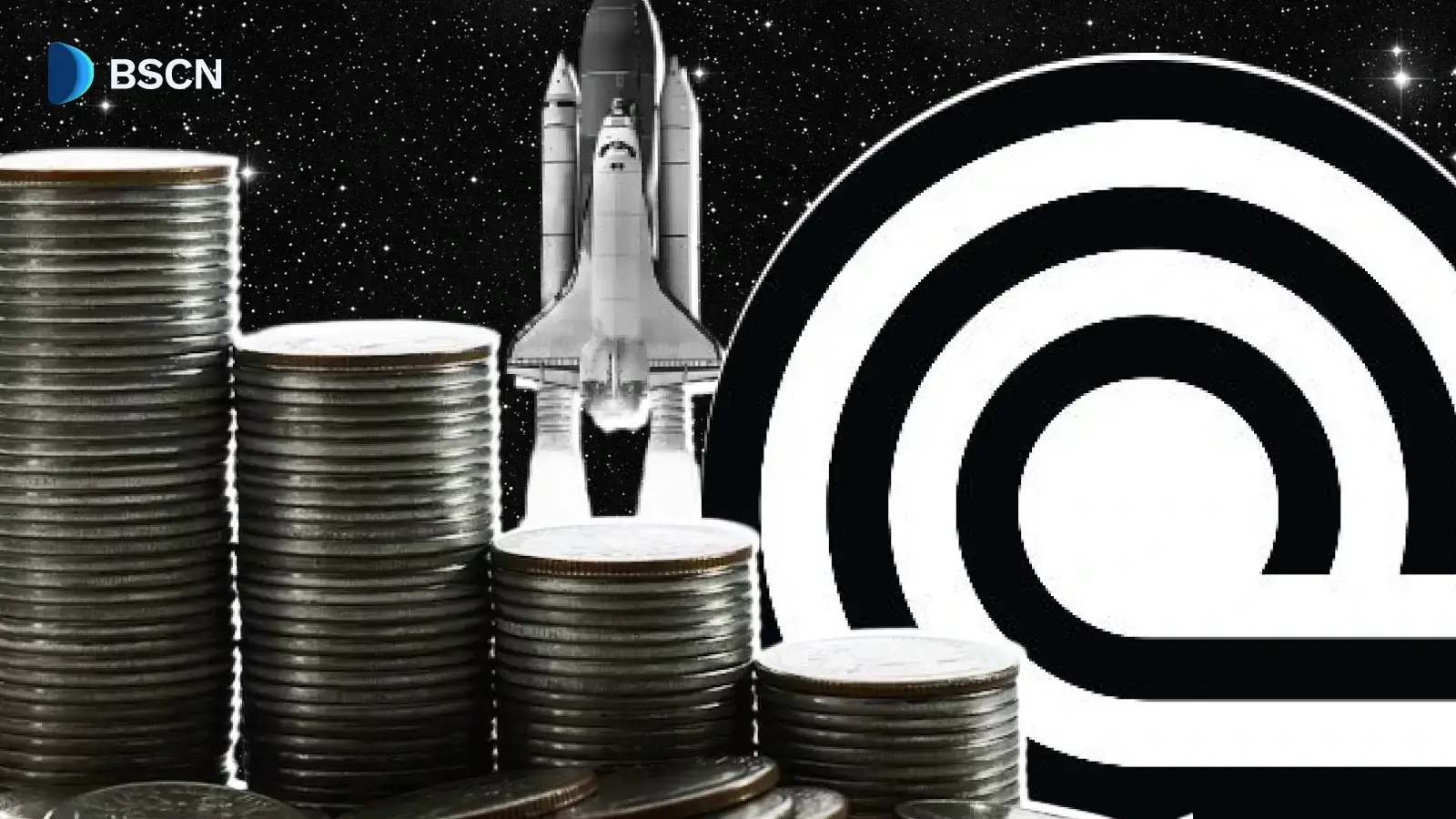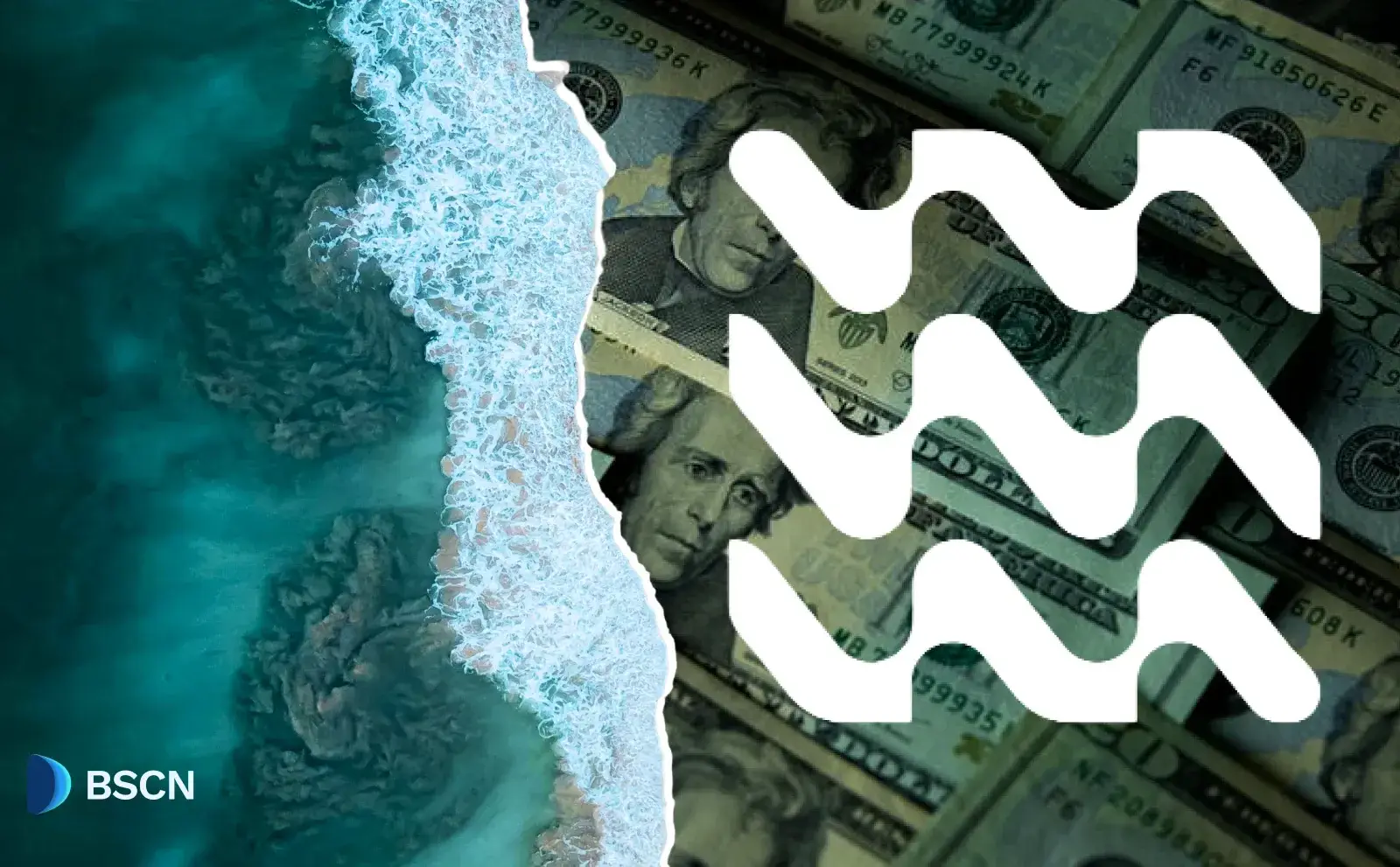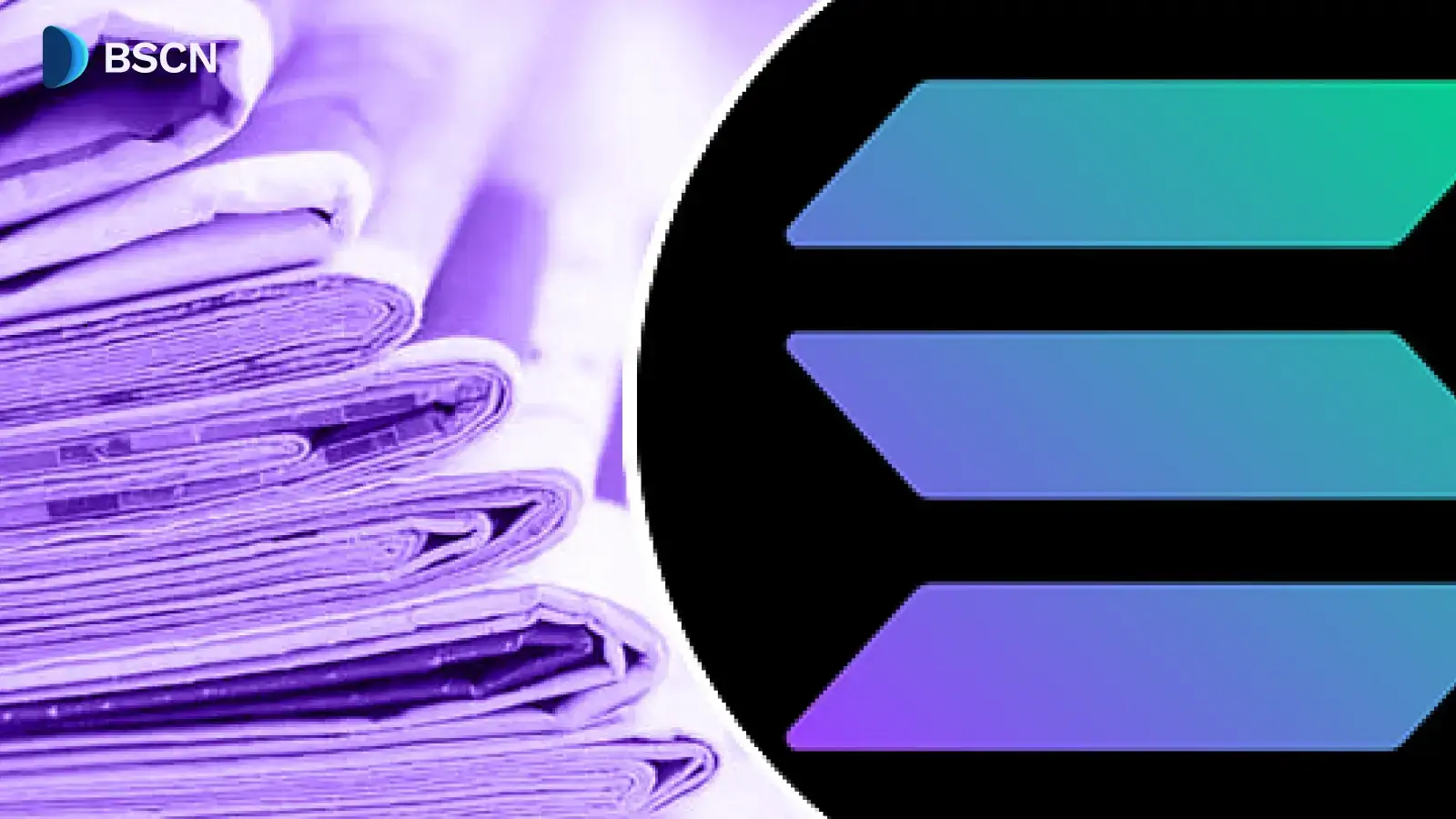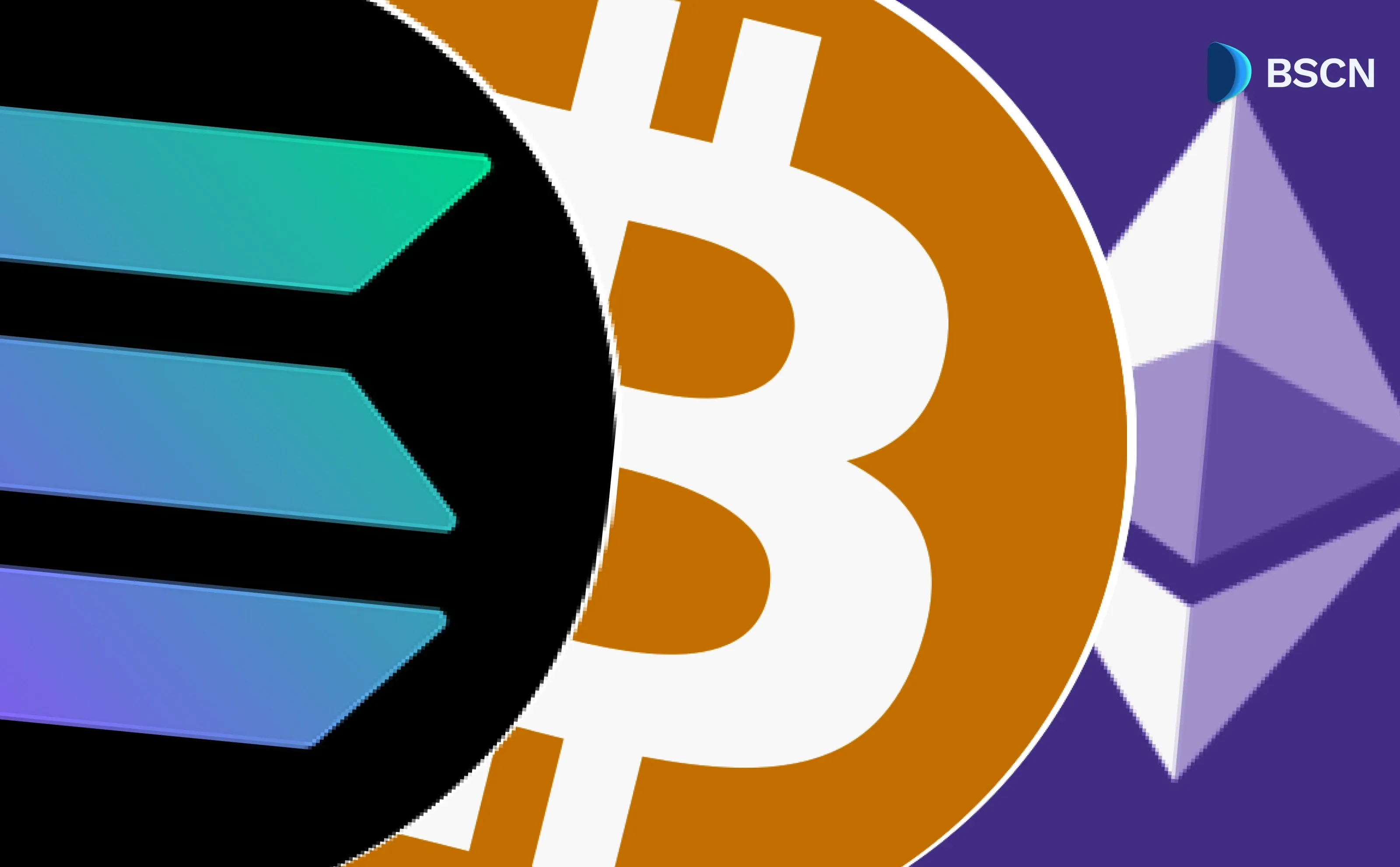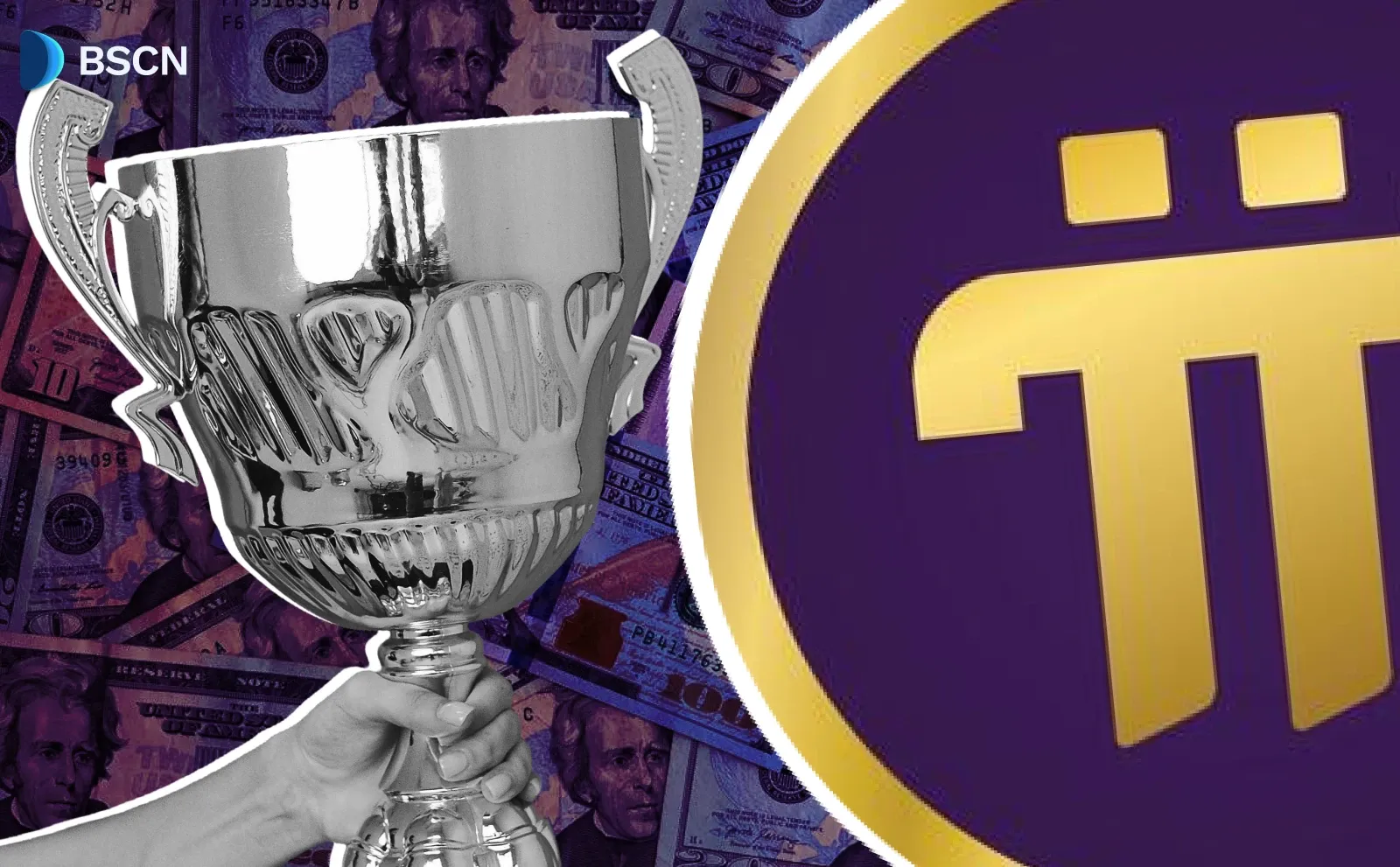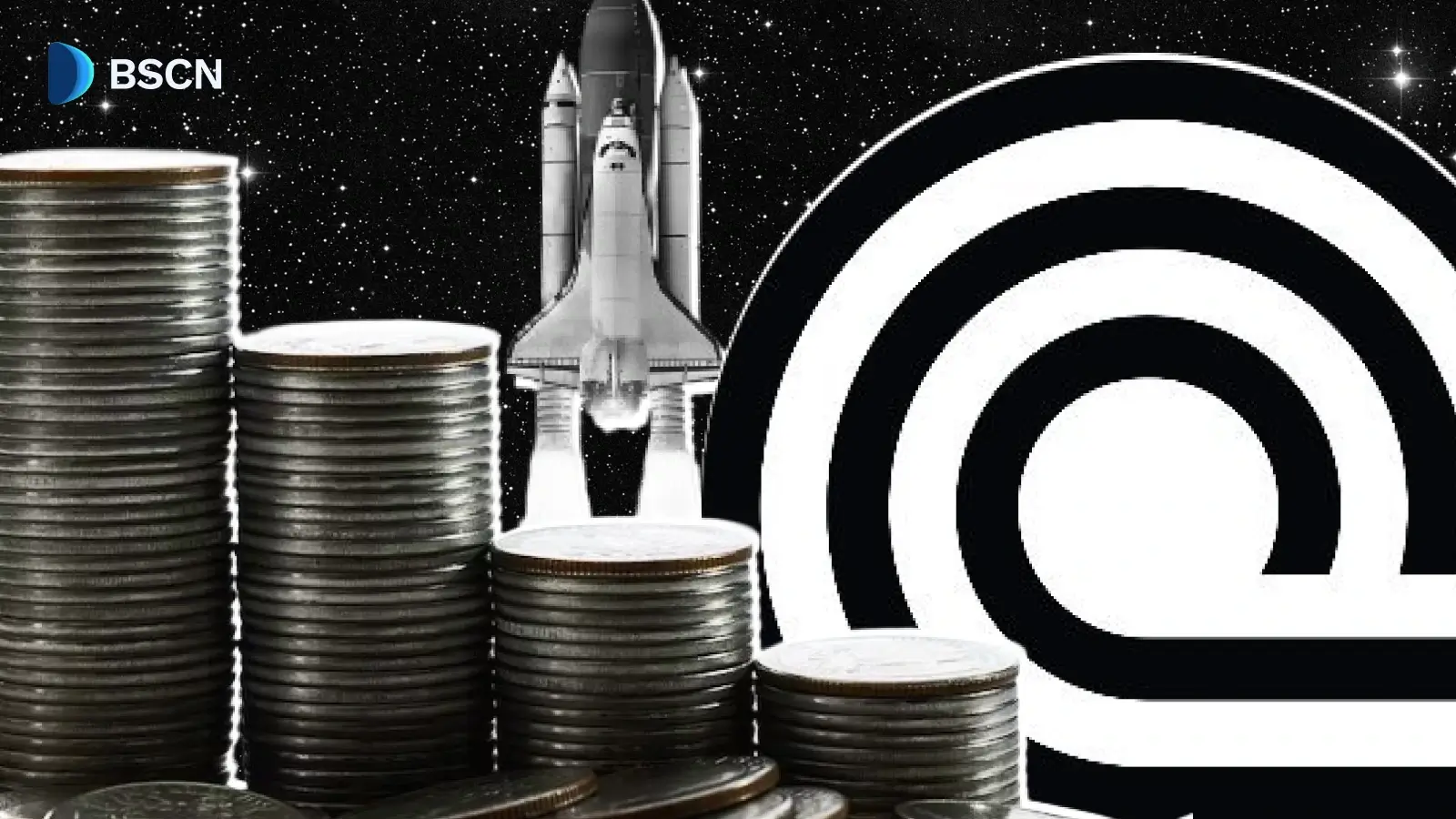News
(Advertisement)
What Does Ethereum Pectra Upgrade Mean for the Ecosystem?

Ethereum’s Pectra upgrade just went live, bringing major changes like token-based fee payments, batch transactions, and better Layer-2 scalability.
Soumen Datta
May 7, 2025
(Advertisement)
Table of Contents
Ethereum, the leading blockchain network, has taken another giant step forward with the activation of its Pectra upgrade. This major milestone went live on May 7, 2025, at epoch 364032, marking a new chapter in the network’s evolution. Tim Beiko, Ethereum Foundation’s Protocol Support Lead, confirmed that the upgrade had successfully been deployed, with further testing of Ethereum Improvement Proposals (EIPs) set to continue.
For the Ethereum ecosystem, the Pectra upgrade promises to improve user experience, streamline transaction processes, and increase scalability. Let’s break down the impact of this upgrade on Ethereum’s ecosystem.
Key Features of the Pectra Upgrade
The Pectra upgrade brings a range of enhancements, each designed to increase Ethereum’s functionality, scalability, and user-friendliness. It is particularly beneficial for developers, users, and validators interacting with the Ethereum network.
1. Account Abstraction and EIP-7702
One of the most anticipated features of the Pectra upgrade is the introduction of EIP-7702, which allows users to operate their wallets like smart contracts. This shift enables users to batch transactions, pay fees in any token (not just Ether), and skip the usual approval requests for pending transactions. As a result, Ethereum users will experience a much smoother interaction with decentralized applications (dApps).
Account abstraction also simplifies the process by automating certain wallet actions. For example, users no longer need to approve each transaction individually, which greatly improves the overall experience. These features bring Ethereum closer to a Web2-like experience while enhancing security and usability for dApp users.
2. Reduced Transaction Fees and Layer 2 Scalability
Ethereum has long been plagued by high transaction fees during periods of high network usage. Pectra builds on previous upgrades like Dencun, which introduced the concept of data blobs for Layer 2 networks. By doubling the number of blobs that Ethereum can handle, the Pectra upgrade ensures that Layer 2 solutions can maintain low transaction fees even during times of high activity.
With the scaling improvements introduced by Pectra, Ethereum will continue to support the growing demand for decentralized applications, especially those in the gaming and decentralized finance (DeFi) sectors, without compromising on transaction costs.
3. Validator and Staking Improvements
Ethereum’s transition to Proof of Stake (PoS) with the Merge was a significant milestone, but Pectra takes this a step further by improving the staking process. Pectra raises the validator stake limit from 32 ETH to 2,048 ETH, making it easier for institutional investors and large-scale stakers to participate in the network.
The upgrade also facilitates better validator management. Validators can now more easily withdraw ETH from the execution layer and manage staking activities, reducing friction in staking workflows. This change helps to attract larger institutional players into Ethereum's staking ecosystem, further decentralizing the network while offering better economic incentives.
Enhanced Developer Experience
The improvements introduced by Pectra go beyond user-facing features. Developers will also benefit from increased capacity and efficiency on Ethereum’s Layer 2 networks. The upgraded system will reduce network congestion, improve transaction throughput, and lower the overall costs of running Ethereum-based applications. As a result, more developers will be able to build decentralized applications (dApps) on Ethereum with fewer barriers to entry.
Additionally, EIP-7251 consolidates Ethereum’s consensus layer, allowing for improved validator performance and reduced operational overhead. This update helps maintain Ethereum's decentralization and scalability while ensuring that developers can continue to build innovative applications without worrying about network bottlenecks.
EIP-7702 and User Experience
The implementation of EIP-7702 is a major step toward account abstraction. It enables features like gasless transactions, simplified user flows, and a smoother interaction with dApps. Ethereum users will no longer have to deal with repetitive approval pop-ups and will be able to pay transaction fees with stablecoins or other tokens instead of Ether.
The new feature enhances the overall security of the Ethereum network as well, allowing users to set specific permissions for dApps interacting with their wallets. This reduces the risks associated with malicious actors draining wallets by exploiting user transactions.
Improved Scalability with Layer 2 Rollups
Ethereum has long faced scalability challenges, particularly with congestion and high fees during periods of heavy network usage. Pectra's update brings a significant improvement by expanding Ethereum’s data availability layer. Through EIP-7691, Ethereum can now handle more data blobs per block, improving throughput and reducing costs for Layer 2 rollups.
This feature will help Ethereum handle a higher volume of transactions on Layer 2 solutions, making it a more attractive platform for decentralized exchanges, lending protocols, and other dApps. The upgrade ensures that Ethereum’s infrastructure remains scalable as the ecosystem continues to grow.
A Word of Caution
While the Pectra upgrade has been widely celebrated for its innovative improvements, some security experts have raised concerns. The introduction of new message-signing mechanisms could expose users to new vulnerabilities, particularly regarding off-chain message signing. Some researchers have warned that users could unwittingly sign messages that could lead to malicious attacks, putting their wallets at risk.
Moreover, the introduction of more advanced features such as batch transactions and alternative authentication methods could create inconsistencies across different wallets and dApps. While these features enhance user experience, they also introduce potential risks if not implemented carefully.
Pectra is just the first phase of Ethereum’s two-part upgrade. The second phase, Fusaka, is scheduled for late 2025 and will introduce further improvements, including technologies like PeerDAS, which will enhance Ethereum’s scalability and security. Fusaka aims to build on the foundation set by Pectra and push Ethereum’s performance to new heights.
Read Next...
Disclaimer
Disclaimer: The views expressed in this article do not necessarily represent the views of BSCN. The information provided in this article is for educational and entertainment purposes only and should not be construed as investment advice, or advice of any kind. BSCN assumes no responsibility for any investment decisions made based on the information provided in this article. If you believe that the article should be amended, please reach out to the BSCN team by emailing [email protected].
Author
 Soumen Datta
Soumen DattaSoumen has been a crypto researcher since 2020 and holds a master’s in Physics. His writing and research has been published by publications such as CryptoSlate and DailyCoin, as well as BSCN. His areas of focus include Bitcoin, DeFi, and high-potential altcoins like Ethereum, Solana, XRP, and Chainlink. He combines analytical depth with journalistic clarity to deliver insights for both newcomers and seasoned crypto readers.
(Advertisement)
Latest News
(Advertisement)
Crypto Project & Token Reviews
Project & Token Reviews
Comprehensive reviews of crypto's most interesting projects and assets
Learn about the hottest projects & tokens
